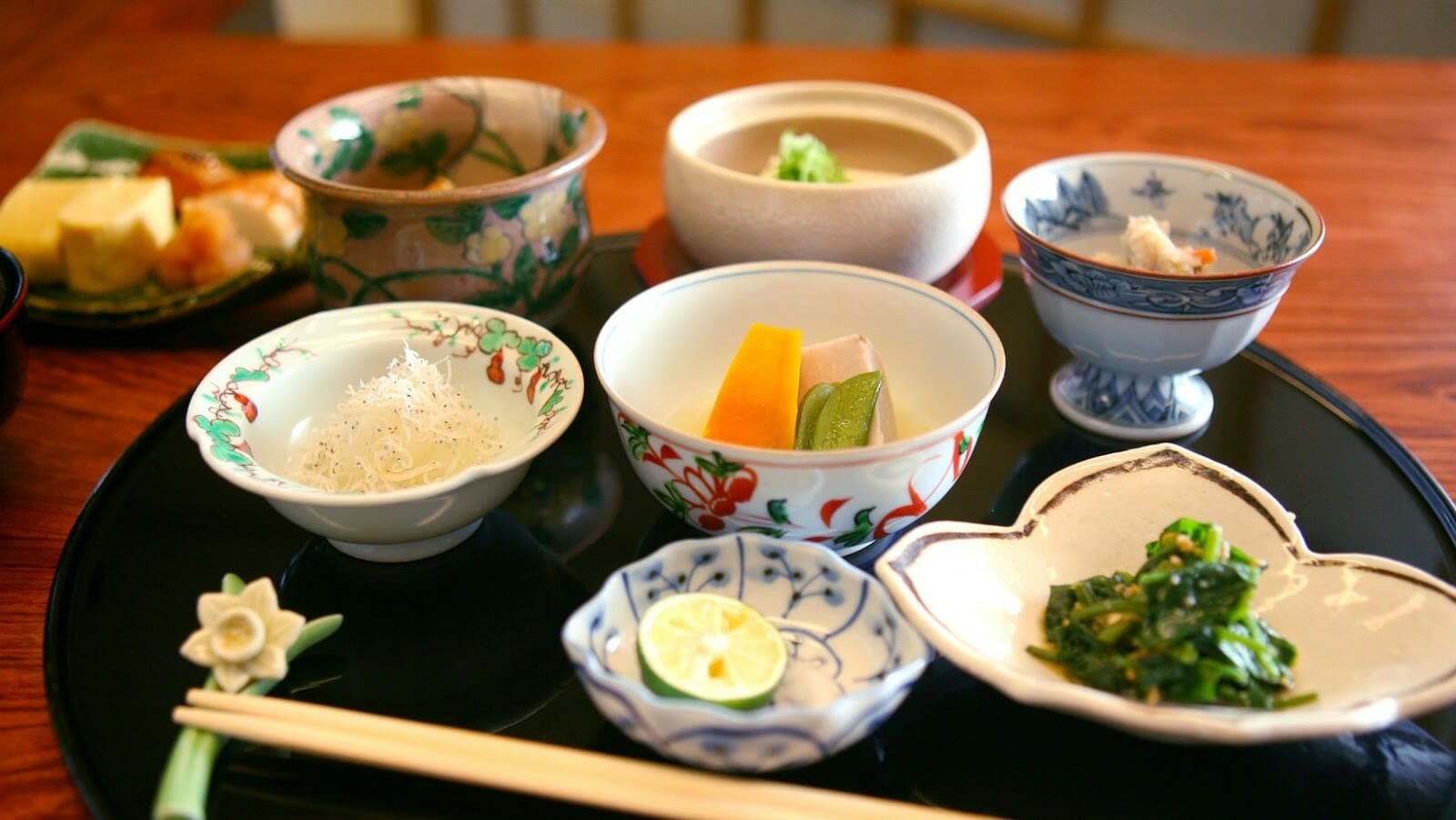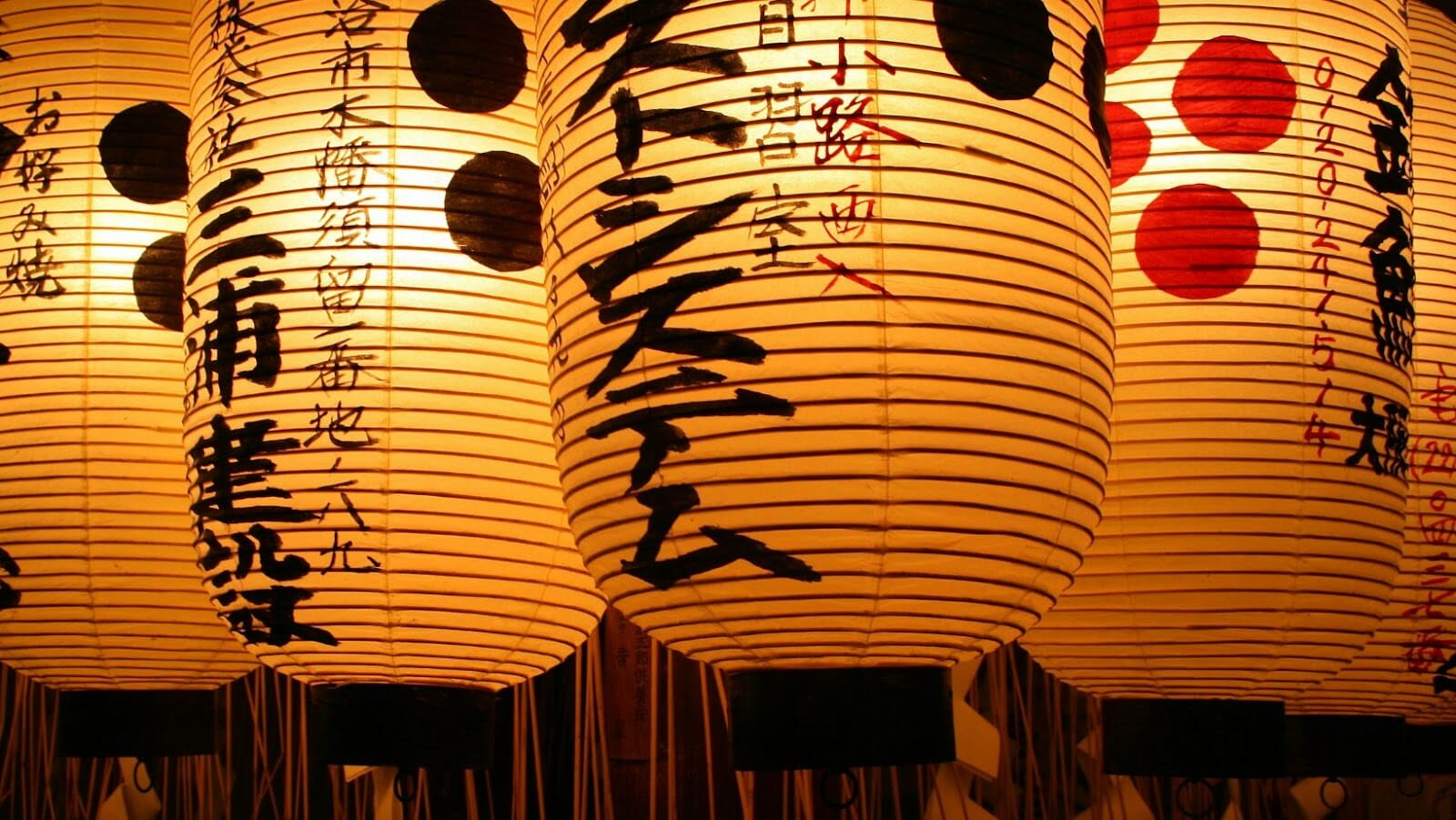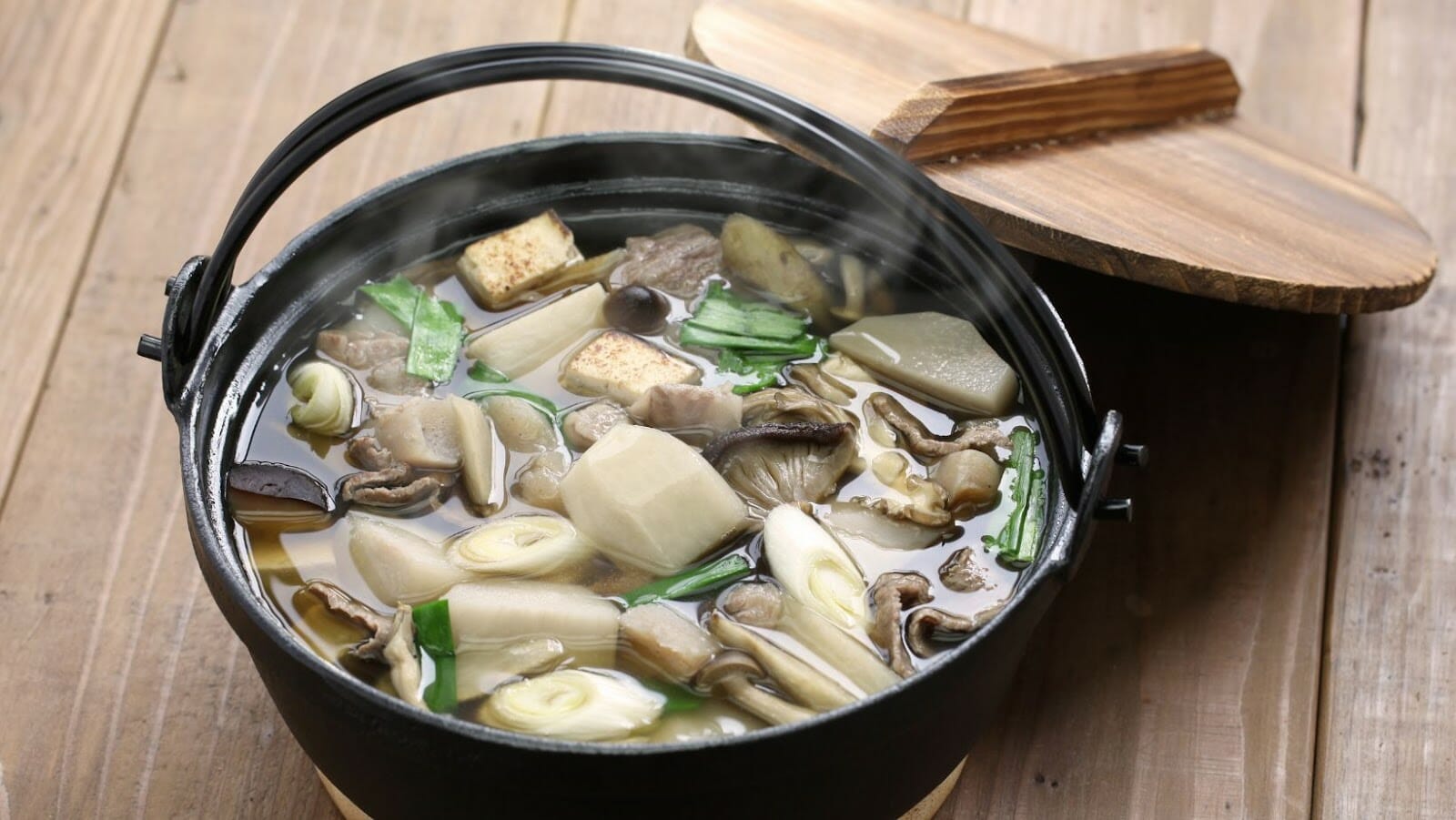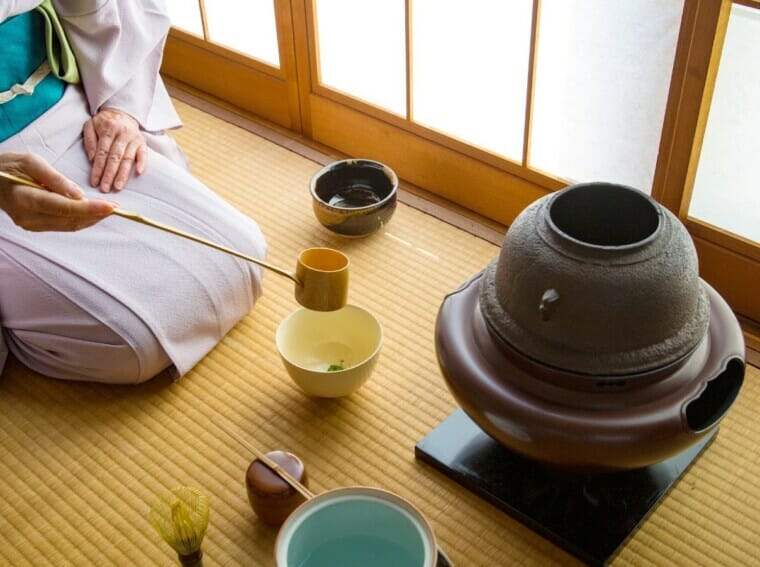Jukkaku_Komado is a culinary method that takes us back to the Edo period and allows us to rediscover old Chinese recipes, which have been preserved for centuries.
This cooking technique originated in Japan and is based on traditional Chinese culinary principles, combined with Japanese ingredients and cooking methods.
Some of the old Chinese recipes that have been revived using Jukkaku_Komado include soy sauce marinated duck, braised pork belly with soy sauce, and steamed dumplings.
The recipes are characterized by their rich and complex flavors, as well as their focus on fresh and seasonal ingredients.
By using Jukkaku_Komado to prepare these dishes, we can immerse ourselves in the culture and history of ancient Chinese cuisine, while also enjoying delicious and authentic flavors.
| Pro Tip: | To experience the full range of flavors in old Chinese recipes, it’s essential to use high-quality ingredients and pay attention to the cooking techniques and timing. |
Jukkaku_Komado
Jukkaku_Komado is a unique cooking experience that takes us back to the Edo period of Japan. This is a collection of old Chinese recipes, which have been modernized without losing any of their original flavor. Each recipe was carefully curated and tailored to the tastes of the modern consumer.
Let’s take a closer look at the Jukkaku_Komado experience.
What is Jukkaku_Komado?
Jukkaku_Komado is a cooking method that dates back to the Edo Period (1603-1868) in Japan. It is a traditional way of cooking that involves using an earthenware stove, which was made using old Chinese techniques.
Jukkaku_Komado is unique because it utilizes both direct and indirect heat to cook food. The stove is designed in a way that allows food to be placed directly on the surface of the stove or in a separate chamber where the heat is trapped and circulates around the food.
This method is particularly useful for cooking dishes that require slow cooking or simmering, such as stews, soups, and broths. Since the heat is dispersed evenly, the food is cooked thoroughly throughout. Additionally, the earthenware material allows for natural and even heat distribution.
Jukkaku_Komado is a beautiful and unique way of experiencing old-world Japanese cooking techniques that have been passed down through generations.
History of Jukkaku_Komado
Jukkaku_Komado is a traditional Japanese charcoal stove that dates back to the Edo period. It was originally designed to cook old Chinese recipes that were popular in Japan at the time.
Jukkaku_Komado takes us back to a time when cooking techniques were more primitive and required more skill and patience. This stove was an essential tool for the early Japanese chefs who were passionate about preserving the cultural heritage of Chinese cooking. It was widely used in the royal court of Japan and in the private kitchens of wealthy families.
Today, Jukkaku_Komado is regarded as a valuable historical artifact that embodies the essence of traditional Japanese cooking. It is still used by some professional chefs and cooking enthusiasts who appreciate the unique flavors and aromas that can only be achieved through this ancient cooking method.

Significance of Jukkaku_Komado in Japanese Cooking
Jukkaku_Komado is a traditional Japanese cooking stove that dates back to the Edo period and is still in use today. It is an integral part of Japanese culinary culture and is used in various types of cooking, particularly for preparing old Chinese recipes.
| Jukkaku_Komado | is designed to burn wood and charcoal |
| and has a vertical cooking chamber | with different compartments for different dishes. |
| The heat from the stove is | evenly distributed to all compartments, |
| allowing for simultaneous cooking of multiple dishes. |
This method of cooking is popular in Japan for its ability to retain the natural flavors and textures of the ingredients. Additionally, the stove has a unique design that allows for easy temperature control, making it an essential tool for chefs.
Today, Jukkaku_Komado is not just a cooking stove, but a symbol of Japanese culinary heritage and tradition, keeping alive the techniques and flavors of the past for future generations to enjoy.
The Edo Period: A Golden Era of Japanese Cooking
The Edo Period was a fascinating period in the history of Japan that saw both the rise of the merchant class and a transformation in the art of Japanese cooking. Many of the dishes we enjoy today were born in this period as chefs of the merchant class began to explore a range of flavors and techniques. In the age of Jukkaku_Komado, one of the most prominent chefs of the era, the Edo Period provided a golden era of Japanese cooking and recipes.
Let’s explore the recipes, ingredients, and techniques of this era.
Historical Background of the Edo Period
The Edo Period in Japan (1603-1868) saw a significant growth in Japanese cuisine, thanks to the introduction of new ingredients and cooking techniques from China and other neighboring countries.
Japanese chefs during this period embraced the use of ingredients like soy sauce, miso, vinegar, and sake, and incorporated them into traditional dishes such as sushi, tempura, and sukiyaki.
One of the most notable contributions of the Edo period to Japanese cuisine was the development of the kaiseki cuisine, which featured seasonal ingredients and emphasized balance, simplicity, and beauty in presentation.
The Edo period also saw the rise of street food culture, with vendors selling various types of snacks and sweets, including dango (sweet rice dumplings), yakitori (grilled chicken skewers), and taiyaki (fish-shaped cakes with sweet fillings).
The influence of the Edo period on Japanese cuisine is still felt today, with many popular dishes and cooking techniques in modern Japanese cooking tracing their roots back to this “golden era” of Japanese gastronomy.
Pro tip: Try adding some of the traditional ingredients of Edo period cuisine, such as soy sauce or miso, to your favorite dishes to get a taste of this rich culinary history.
The Culinary Culture During the Edo Period
The Edo Period was a golden era in Japanese cooking history, marked by the emergence of several new culinary trends and the refinement of ancient Chinese recipes.
During this time, the Japanese sought to embrace their cultural identity by establishing a unique culinary culture that distinguished them from the Chinese and the Koreans.
The Edo Period witnessed the birth of several new cooking techniques, such as stir-frying, simmering, and grilling over charcoal.
Additionally, the period saw the emergence of several iconic dishes, such as sushi, tempura, and soba noodles.
The people of Edo were also known for their love of street food and desserts.
In conclusion, the Edo Period was a time of great culinary experimentation and refinement that laid the groundwork for modern Japanese cuisine.
Pro tip: To truly experience the flavors of the Edo Period, try sampling some of the ancient Chinese recipes that the Japanese perfected during this time.

The Influence of Chinese Cuisine on Edo Period Cooking
During the Edo period, Japanese cuisine saw a significant influence from Chinese cuisine, particularly with the introduction of new cooking techniques and ingredients. This was possible because of a peaceful trading relationship between Japan and China during that time.
One notable example of the influence of Chinese cuisine was the incorporation of Sichuan-style dishes, such as Mapo Tofu and Twice-Cooked Pork, into Edo period cooking. These dishes were adapted by Japanese chefs using local ingredients and cooking methods, creating a unique fusion of Chinese and Japanese flavors.
Another example was the introduction of soy sauce, a staple ingredient in Chinese cooking, which became heavily used in Japanese cooking during the Edo period.
The blending of Chinese and Japanese culinary traditions during the Edo period created a golden era of Japanese cooking, inspiring new dishes and culinary techniques that are still used today.
Jukkaku_Komado: Recreating Traditional Chinese Recipes From the Edo Period
Jukkaku_Komado is a restaurant located in Japan that specializes in bringing traditional Chinese recipes from the Edo period to life. The restaurant uses authentic ingredients and cooking techniques to create dishes that are faithful reproductions of the original recipes. Diners at Jukkaku_Komado can experience a unique culinary journey as they explore the flavors and ingredients of a bygone era.
Learn more about this incredible experience below.
Why Jukkaku_Komado Is Important in Preserving Old Chinese Recipes
Jukkaku_Komado is a crucial element in preserving old Chinese recipes by recreating traditional dishes from the Edo period. With its unique design and features, Jukkaku_Komado allows chefs to cook recipes exactly how they were prepared during ancient times. This not only helps in maintaining the authenticity of old Chinese recipes but also opens up new avenues for research and experimentation in the field of culinary arts.
The Edo Period of Japanese history was a time of great prosperity and culinary achievement, and Jukkaku_Komado was an essential part of everyday kitchen life. By bringing this traditional cooking method back into focus, we can explore the rich history and culinary heritage of ancient Chinese cuisine.
Jukkaku_Komado’s Methodology of Recreating Old Chinese Recipes
Jukkaku_Komado has a unique methodology for recreating old Chinese recipes from the Edo period, which involves deep research and experimentation to get the flavors just right.
He has dedicated years to studying traditional Chinese recipes and techniques from the Edo period, which allows him to recreate dishes that taste just as they did centuries ago. Jukkaku_Komado believes that the key to recreating old Chinese recipes lies in understanding the ingredients and cooking methods used during the Edo period.
To achieve this, he sources hard-to-find ingredients, which are often specific to a particular region in China, and experiments with different cooking techniques until he achieves the desired flavors.
By following Jukkaku_Komado’s methodology, anyone can learn how to recreate traditional Chinese recipes from the Edo period and experience a taste of history.
Examples of old Chinese Recipes Rediscovered by Jukkaku_Komado
Jukkaku_Komado is a Japanese YouTuber who specializes in recreating traditional Chinese recipes from the Edo period. She has rediscovered a variety of old Chinese recipes that were once lost to history.
Here are some examples of the old Chinese recipes that Jukkaku_Komado has recreated:
| Recipe | Description |
| Mao Gong Ding Roast Pork | This recipe features pork tenderloin that is marinated in a mixture of soy sauce, wine, ginger, and other spices before being roasted until crispy and golden brown. |
| Boiled Shrimp with Soy Milk | A simple yet flavorful dish consisting of boiled shrimp served with a savory soy milk broth infused with ginger, scallions, and sesame oil. |
| Chrysanthemum Fish | This dish features a whole fish that is steamed with chrysanthemum flowers, goji berries, and other aromatics for a delicate and floral flavor. |
Jukkaku_Komado’s videos are a fascinating insight into the culinary history of China and Japan, and her dedication to resurrecting these old recipes is truly inspiring.
The Benefits of Rediscovering Old Chinese Recipes Through Jukkaku_Komado
The centuries-old tradition of Chinese cuisine is being rediscovered through the Jukkaku_Komado recreations of traditional Edo period dishes. Taking a step back in time to explore classic recipes, the team at Jukkaku_Komado are showing how the flavors of old China can still be savored today.
Let’s look at the benefits of taking this journey of culinary discovery with them.
Cultural and Historical Significance
Jukkaku_Komado takes us back to the Edo period of cooking which holds immense cultural and historical significance. Rediscovering old Chinese recipes through Jukkaku_Komado is a delightful way to explore flavors from the past.
During the Edo period, food was not only considered a necessity but also an art form. The type of food served and its presentation were essential elements of Japanese culture. Jukkaku_Komado helps us learn and appreciate this beautiful culinary history.
Additionally, exploring old Chinese recipes through Jukkaku_Komado comes with several benefits. Firstly, it exposes us to a diverse range of flavors and cooking techniques that modern cuisine lacks. Secondly, it helps us revive forgotten recipes and revive them for modern times. Lastly, it helps us develop a connection with the past heritage of our culture through food.
Through experimenting with old recipes, we can not only discover different tastes but also understand and appreciate the historical significance of food.
Nutritional and Health Benefits
Jukkaku_Komado has reintroduced us to the health and nutritional benefits of Old Chinese Recipes that were popular during the Edo period of cooking.
These recipes incorporate healthy ingredients known for their medicinal properties, including ginger, shiitake mushrooms, and seaweed.
Ginger is known for its anti-inflammatory and immune-boosting properties. Shiitake mushrooms are a good source of fiber, vitamins, and minerals, and have immune-boosting and cancer-fighting properties. Seaweed is rich in iodine, which is essential for thyroid health, and also contains antioxidants and anti-inflammatory compounds.
By incorporating these ingredients into our diet, we can reap the health benefits of these traditional Chinese recipes while also enjoying their delicious flavors. Pro Tip: Trying out new, healthy recipes is a great way to add variety to your diet and keep your meals enjoyable and interesting.

Sustainability and Environmental Impact
Jukkaku_Komado takes us to the Edo period of cooking, where they rediscover old Chinese recipes that help promote sustainability and reduce environmental impact.
By using traditional cooking techniques and local ingredients, Jukkaku_Komado is able to create dishes with a lower carbon footprint than modern, industrialized cooking. Since the recipes are old and established, they often use ingredients that are in season and locally available, reducing the environmental cost of transportation and storage.
Jukkaku_Komado’s approach to cooking also promotes the use of sustainable practices, such as conserving water and energy and minimizing food waste.
Eating sustainably and reducing our environmental impact is crucial for a healthier planet, and embracing old Chinese recipes offers a delicious way to do so.
Conclusion: The Importance of Rediscovering Old Chinese Recipes With Jukkaku_Komado
Jukkaku_Komado is a prominent culinary specialist who takes us on a journey to the Edo period of cooking by rediscovering old Chinese recipes. The importance of this rediscovery lies in the preservation of culinary traditions and history, which are often lost or forgotten over time.
By exploring old Chinese recipes, we can gain insight into the ingredients, techniques, and flavors that were popular centuries ago. This not only helps us understand the evolution of Chinese cuisine, but it also enables us to create new dishes that pay homage to our cultural heritage.
Furthermore, Jukkaku_Komado’s journey emphasizes the significance of passing down cooking techniques and recipes to future generations. Not only does this ensure the continuation of culinary traditions, but it also helps us appreciate the cultural richness and diversity of our food heritage.
In conclusion, rediscovering old Chinese recipes and exploring the Edo period of cooking with Jukkaku_Komado is an essential journey that allows us to appreciate our cultural heritage and preserve it for generations to come.

